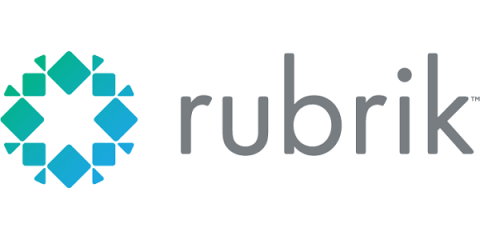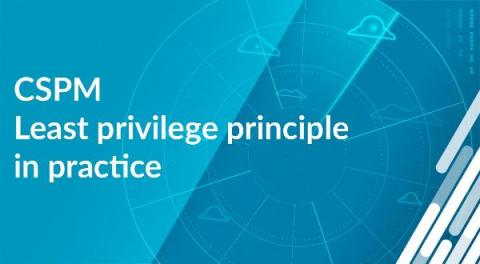Security | Threat Detection | Cyberattacks | DevSecOps | Compliance
Cloud
Scalable, Faster, Cheaper - Pick All for Azure Protection
Rubrik allows customers to protect their workloads like VMs, Disks, and SQL instances running on Azure. We have customers who protect a large number of Azure subscriptions through our SaaS product. We offer features like File-Level Recovery to allow customers to make faster recoveries and Storage Tiering to save on storage costs associated with the backups. To support these features, we run compute in the customer’s environment to read the data from Azure Disk snapshots.
CSPM - Least privilege principle in practice
Cloud Security Posture Management (CSPM) aims to automate the identification and remediation of risks across your entire cloud infrastructure. A core requirement of the CSPM framework is the need to enforce a principle of least privilege. There are certain overlaps with Cloud Infrastructure Entitlement Management (CIEM) solutions. CIEM is a newer categorization that came after CSPM.
Shifting Left with the Crowdstrike and AWS CI/CD Pipeline
Integrating Dependency Management Into Cloud Services: The Mend-AWS Partnership
The ongoing growth in the adoption of cloud services poses escalating opportunities and risks in equal measure. The increased capacity and scalability of cloud environment lends itself to an accelerated pace and higher volume of software and application development than ever before. This trend brings into play a huge increase in the number of software components and dependencies that developers use in their code bases.
Phishing Isn't Just an Email Problem... How To Protect Your Business From Phishing
Policy as Code with Azure API Management (APIM) and OPA
A common use case for Open Policy Agent (OPA) is to decouple authorization from the application. This enables policies and decisions to be managed centrally and lifecycled independently to the application. For application use cases, OPA can be integrated at the API Gateway, Service Mesh or Microservices layer or any combination of these.
Datadog Cloud Security Management Demo
Torq's No-Code Security Automation Solution Now Available in AWS Marketplace
80% of companies experience security incidents in the Cloud
Migrating to the Cloud brings many advantages for companies. First of all, they reduce their operating costs by almost 40%. They also increase their agility, reduce the maintenance time of traditional IT infrastructures, and gain flexibility and scalability. However, as the number of workloads deployed in the Cloud grows, more and more organizations are struggling to keep pace with security requirements.










